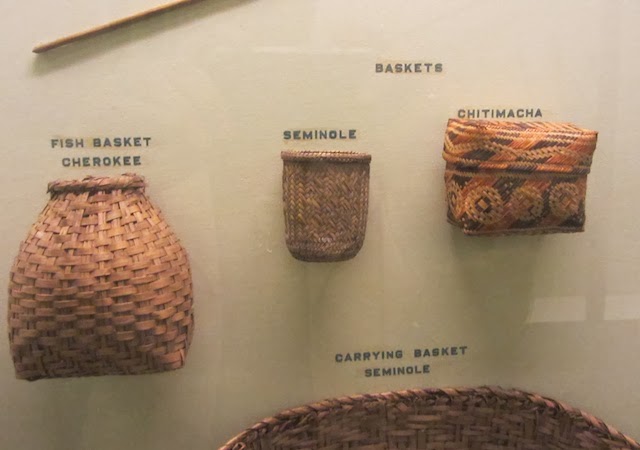Back in January, we mentioned that Chicago’s Field Museum had recently announced a major overhaul to their Native North American Hall. The exhibit largely dates back to the 1950s, and is sorely in need of cosmetic updates to their displays and better interpretive labels. However, the most serious issue with the current exhibit is its treatment of Native Americans as people from the past, instead of peoples with varied and traumatic pasts that still exist today, playing a key role in some of the most complicated issues facing the United States and the rest of North America now. The new exhibit is being undertaken with input from a variety of indigenous stakeholders and will . include contemporary depictions of Native Americans and rotating displays to continue telling better stories. The museum is also working to increase the number of indigenous people on their staff.

I visited the Field Museum in 2017, shortly before they closed the hall for the renovations. The space was clearly in need of attention, featuring collections of objects with little or no context for who owned them, or how they were used. The Field has one of the most robust collections of Plains tribes in . the world, yet I found little indication of what separated Cheyenne from Araphaho or Cree from Sioux. However, I did see reason to have hope for the hall’s future, because I was there during “Drawing on Tradition: Kansa Artist Chris Pappan,” which ran from October 29, 2016 to January 21, 2019. This interim exhibit changed the way visitors thought about the original contents of the hall, while also dispelling the trope of the “vanishing Indian,” showing modern indigenous art that draws on historical native art practices.
The exhibit, a mixture of prints, drawings, and video/sound pieces, often laid the new pieces directly over the vitrines full of decontextualized native objects via transparent overlays. New interpretive labels were also used that referenced both the new pieces and old, bringing them together in a dialogue. The effect was that of literally rewriting history. It was exciting to feel the space come to life through the vivid artwork of Chris Pappan, and it inspired questions about what it means to have the history of people frozen in time, without room for input from the people depicted. It will be exciting to see how the Field tells these stories in a more permanent fashion when the new exhibit opens in 2021. I suspect we will see more of this concept of the “overlay” employed as a method that tells a more whole version of history without erasing previous mistakes.
This method is being employed now in another major natural history museum. The American Museum of Natural History in New York has recently unveiled an update to their infamous dioramas in the Theodore Roosevelt Memorial Hall. The diorama, built in the 1910s, supposedly depicts a meeting between Lenape tribespeople and Dutch settler colonists, including Governor Peter Stuyvesant, but it is riddled with inaccuracies and promoted racist and hegemonic visions of history. Encouraged to make changes by both internal and external forces, including Decolonize This Place, which has been protesting at the museum for several years. Rather than remove the dioramas and thus hide the museum’s complicity in promoting racist interpretations of American history, the museum has chosen to reinterpret the diorama with labels laid directly over the glass. The new panels correct wrong information, such as what the Lenape would have worn to such an important meeting, and posit important questions like, “Where are the Lenape today?” These corrections are important for teaching visitors who are not experts in the content that previous interpretations had an agenda and advanced stereotypes about indigenous people that have assisted in legitimizing state-sanctioned violence against them since the founding of the American colonies.
The use of transparencies and edits is a useful way to provide context and right interpretive wrongs without removing the wrongs. In preventing institutions from, essentially, deleting their tweets, we can both remember what was previously permitted as acceptable and hold institutions accountable while learning new material. These overlays are a powerful tool for both institutions and marginalized peoples and can be deployed in a number of contexts.
Leave a Reply